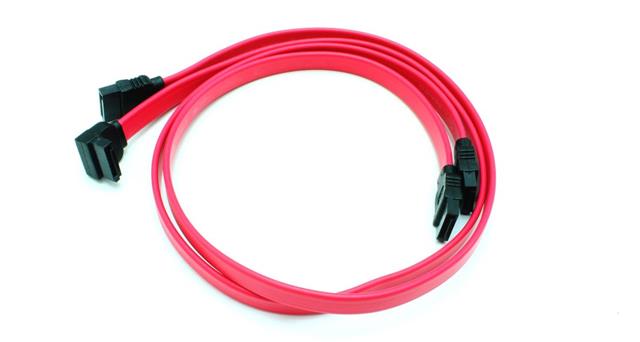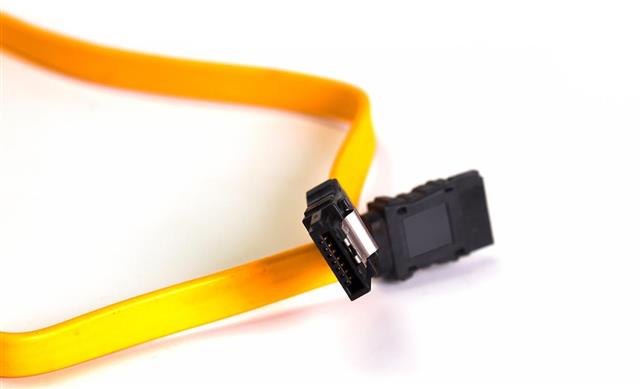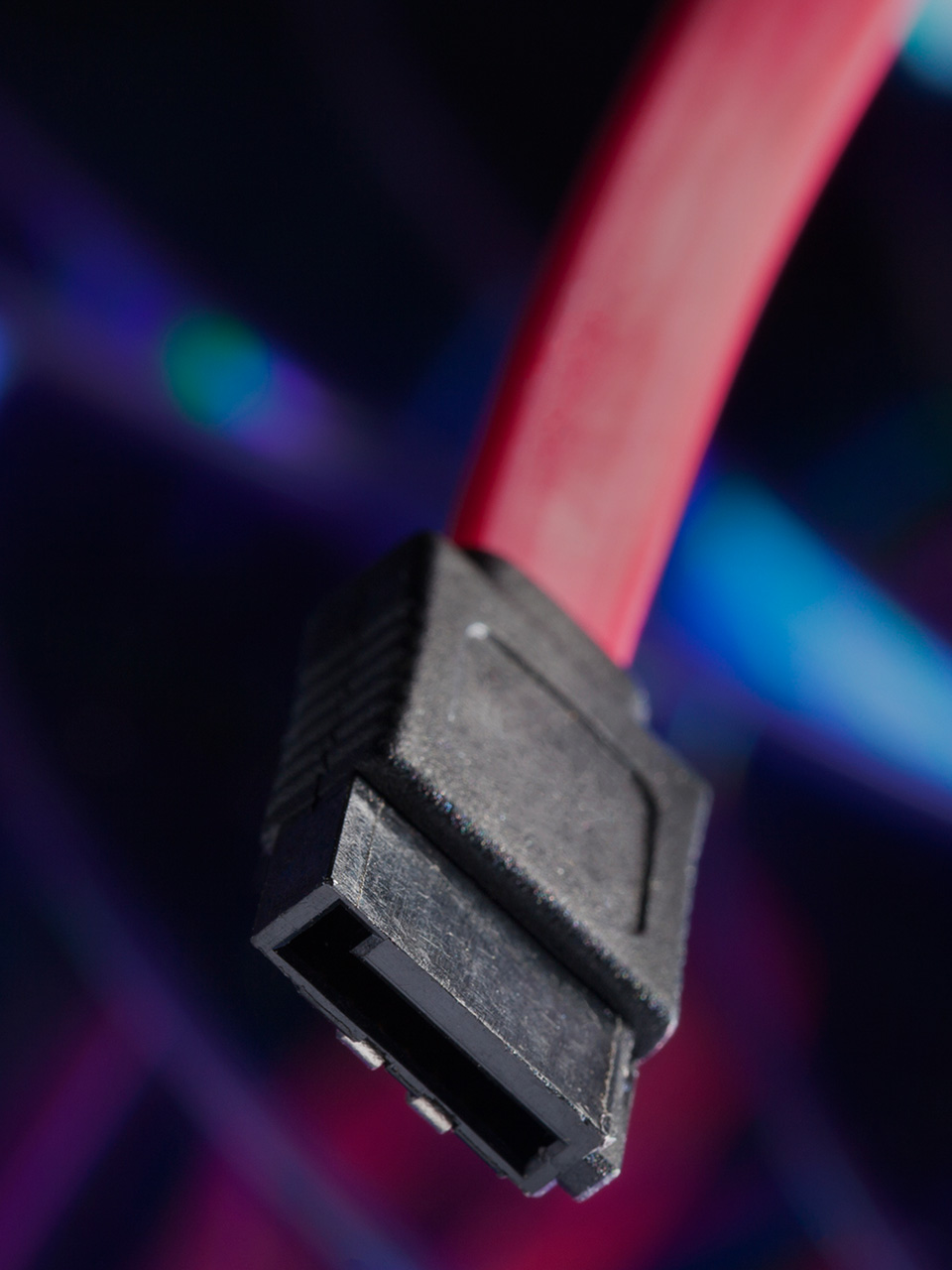
Tap to Read ➤
Difference Between SATA and PATA
Omkar Phatak


Serial ATA and Parallel ATA are both specialized interfaces and data transfer devices that are used in computers to connect peripheral storage devices. Although both serve the same purpose of data transfer, they differ in their basic technology of operation, speed of performance, and therefore, their niche applications.
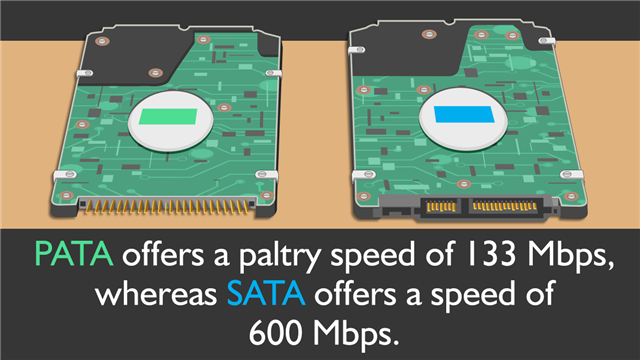

The Parallel ATA (PATA) technology predates the Serial ATA (SATA) by more than a decade. It was the premier industry standard for many years. Both technologies are basically interface devices that connect hard disk drives, optical disks (i.e. DVD drives), and other storage devices, to the motherboard of your computer through the host adapter. They carry out the most important task of data transfer.

Comparison of SATA and PATA
Data Transfer Speed
Normally, parallel devices are supposed to transfer data faster than series devices. For once, this is not true! SATA is actually a lot faster than PATA. The most important distinction between the two is the difference in their data transfer rates.

Here, SATA is inherently superior. It offers a speed of 600 Mbps, which causes a phenomenal decrease in data transfer time from the hard disk and other devices. However, PATA offers only a paltry speed of 133 Mbps.

Number of Cables
SATA has only 2 quite narrow wires which are longer in length. PATA has around 26 cables, which leads to congestion in the system due to their clogged arrangement.
Cable Length
A comparison of the cable lengths of the two devices reveals that while PATA cables can attain a combined maximum length of 18 inches, SATA can have only 1 meter of cable in length.
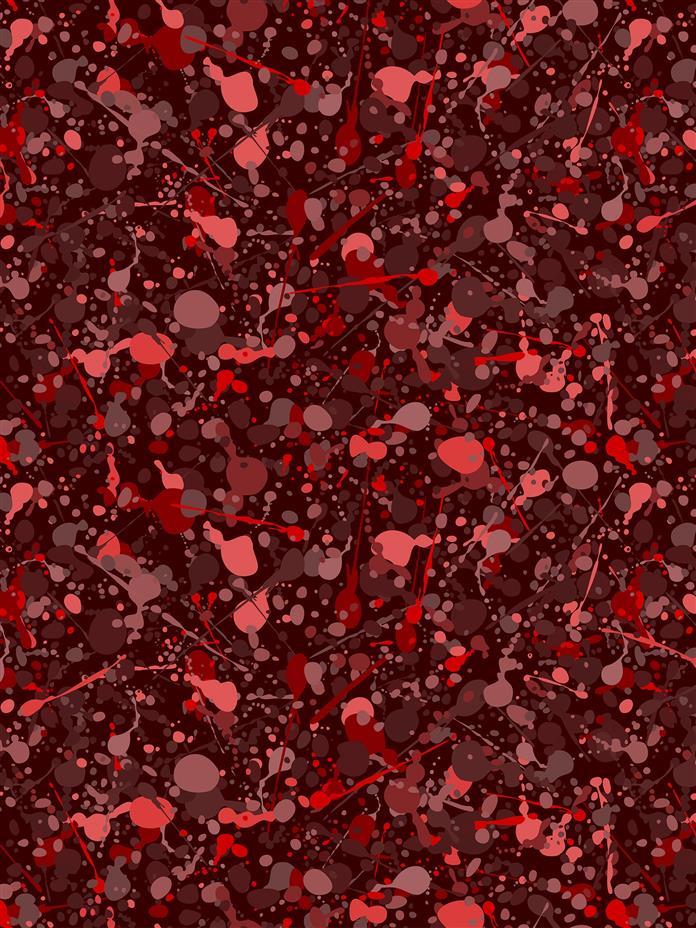
Power Consumption
The power consumption of a SATA device is only a fraction of what a PATA device requires. PATA requires 5 V for operation, while SATA takes only 250 mV. With increasingly compacted computer architecture in laptops and their limited battery capacity, a lower power requirement is always preferred. More the power input, more is the possibility of heat generation.

Heat Dissipation
Owing to the abundant number of wide cables for PATA, it is bound to require a lot of space. In an already congested computer cabinet, this makes it difficult for the heat to dissipate, whereas serial cables allow heat to dissipate efficiently.

Software Compatibility
Continuing the story of woe for the PATA technology, it has software incompatibility problems too! Many a time, you cannot install a particular operating system if it is PATA incompatible. As usual, SATA devices do not have these problems and have an almost perfect software compatibility.

With the advent of devices like flash drives or pen drives, it is increasingly necessary that your computer has 'hot swapping' facility, i.e., you should be able to attach and remove these portable storage devices without the computer requiring any rebooting! This facility is not available in PATA devices, and here is where the SATA technology delivers the coup de grâce to its predecessor. All SATA devices have 'hot swap' facility.

Once the software required for this hot swapping, which is built-in for most operating systems, is installed, the facility is available in most modern laptops and computers which have SATA devices. SATA also has a provision for full duplex data transfer―data sending and receiving can be performed simultaneously. Here too, PATA delivers a blank. It is yet to incorporate this.

By 2009, SATA technology had gained an edge over PATA technology. It doesn't take a brilliant man to predict that this technology is going to phase out PATA. As of now, PATA devices are used in certain niche areas like industries using embedded technology that have Compact Flash storage facility.

This is how it is in today's race of technology. New products quickly outclass the old ones. The time of being in vogue for any new technology is shorter now. Redundancy is a fate that is inevitable for every product if modifications are not made according to newer demands!
